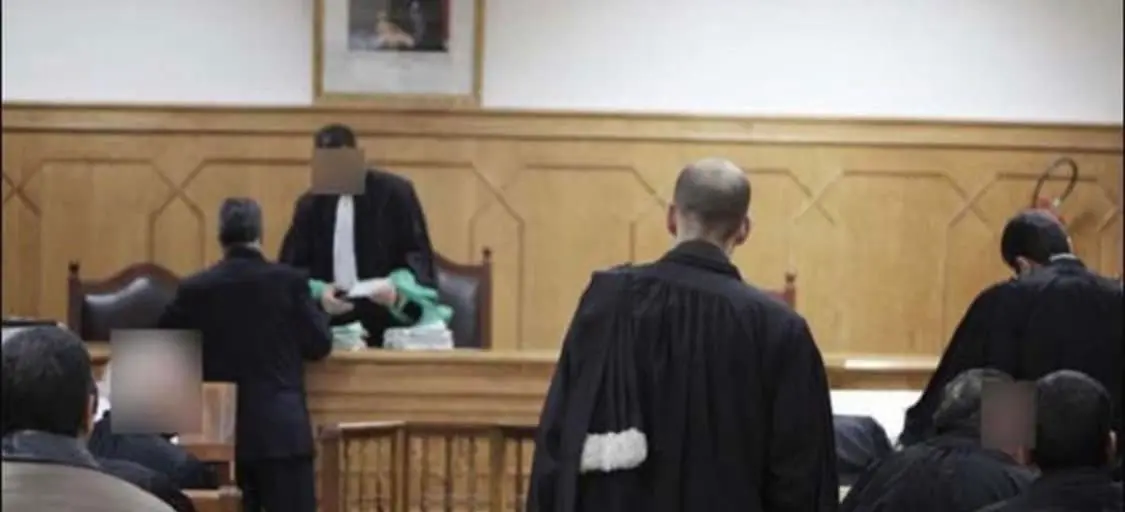I decided to open my discussion with this verse from the Holy Quran that introduces the central theme of this article: The notion that religion does not directly promote and encourage violence, especially that its religious scriptures advocate unity and brotherhood. Violent conflicts attributed to religion, is a strange phenomena as the basic tenets of all major religions are broadly in favor of peace. The main religion under discussion is Islam.
In an age and world where secularism is perceived as the “normal” order, the concept of religion and those who adhere to a particular belief system and believe in a divine deity are viewed with suspicion, mistrust and often considered to be over zealous agents of a belief system that promotes violence and conflict. In certain political circumstances, religious doctrine can be misinterpreted and used as means to justify one’s actions, for example no one can deny that Al-Qaeda are an extremist Islamic organization as the common consensus among Islamic scholars all over the world is that the foundations on which Al-Qaeda was established is a misinterpretation of sacred texts and traditions that does not represent mainstream Islam. In this vein, religion is not the problem of this circumstance per se.
Post 9/11, there has been an increase in the scholarly study of religion and whether the doctrines of a particular faith legitimise violence and, as a result, causes political violence. It is correct to say that whilst the world has gone through modernisation, it has also made secularism its dominant world order, making religion an “abnormal” force or the “feared other”. The religion of Islam has been under scrutiny and at the very center of international political debate since the terrorist attacks of 9/11. Yet, this notion of religion having a causal relationship with violence is not a recent phenomena. This issue of religiously motivated political violence and conflict can be traced back to the conflicts in Bosnia in the early 90s, an,d of course, to the decades long conflict in Israel/Palestine. Nevertheless, this isn’t to say religion is the only driving force behind these conflicts. Religion can of course play a significant role in conflicts but it is not a direct cause of violence, but rather, political violence stems from deeply rooted societal cleavages and social problems, for example tribal rivalries, economic inequality, poverty and lack of civil society which often get morphed into religious conflicts in order to achieve a political agenda of a particular group. Religion is not the major problem in world conflicts but in fact can be part of the cure and act as a moral compass for global politics if understood and interpreted in the correct manner.
This is not an attempt to defend religion but to eradicate this idea that religion is not compatible with the modern world, especially that secular concepts such as nationalism also incite violence. For example, despite their claim to be supranational most Islamist movements have been shaped by national particularities.
William Cavanaugh’s book “The Myth of Religious Violence” provides a balanced argument about the effects of both religion and secular ideologies on society and how both have the potential to be absolutist, divisive and irrational. I, of course, don’t believe that religion is irrational. But religion is subject to interpretation and a believer will believe in what he or she understands from a particular scripture. Depending on his or her interpretation, this then can lead to violence against other groups, which includes violence against those who hold the same beliefs, the same ethnicity and those who hold different religious beliefs and ethnic backgrounds.
Jonathan Fox, in his books, mentions Carl von Clausewitz’s theory that war is the continuation of politics through other means. This is a highly constructive and useful perspective in order to understand and rationalize the causes behind political violence. This theory proposed by Clausewitz and supported by Fox, suggests that politics is a contest between two groups with a political agenda, who are competing for power and a political agenda can’t always be achieved through non-violent political protests. In accordance with Clausewitz theory, violence is mostly used to attain a political goal, however it is of course important to not downplay the role of religion. Fox correctly states that religion can strongly influence emotions, and corrupt political leaders often manipulate religious differences to incite violence and as a result carry out their political agenda.
Religion is irrational and immoral?
Many, like Richard Dawkins advocate the view that religion is irrational and can incite people to violence or to commit atrocities in its name.
To understand the nature of modern conflicts, it is important to look at contemporary theories that attempt to explain the rationale and causes behind violent uprisings and wars.
Is there really a Clash of Civilization?
Islam and Christian Europe have sporadically been at war since the time of the Crusades… There are people (on our side and theirs) who want to turn this into a holy war between two civilizations-as if that could produce anything but death, or lasting misery, for millions. (William Pfaff)
One of the most common and prominent theories to explain conflict is that of Samuel Huntington, whereby he stresses, the post-Cold War period will see an increase in civilisational cleavages. Huntington’s Clash of Civilizations theory sparked debate and controversy amongst academics and is, by and large, contested. Huntington’s theory can be said to be rather presumptuous as in this new world order, Huntington maintains that, ‘the most pervasive, important, and dangerous conflicts will not be between social classes, rich and poor, or other economically defined groups, but between peoples belonging to different cultural entities’.
I would like to draw on the most recent upheavals in Middle Eastern politics and history; the Arab Spring. The Arab Spring is an example that Huntington’s theory is inaccurate. The Arabs share the same culture, ethnicity, language and predominantly Muslim. However the Arab Spring is proof that sharing the same heritage is not as much as of a strong bond as Huntington estimated it to be. In places like Tunisia, Egypt, Libya and Yemen, the gulf between the rich and poor is extremely vast and the problems lie with the corrupt authoritarian governments in place. The Arab uprisings of 2011 were not about fulfilling any religious obligation and neither was it against an outside power or a different civilisation. It was to attain, freedom of speech, justice, liberation and an increase in civil society, values enshrined by the western world, while their enemies were their own despotic leaders not the west as Huntington was understood. The revolutions in the Arab world since 2011 support my argument that conflicts are not primarily linked to religion and unrest in the region has surfaced due to poverty and lack of representation.
Coming back to the 9/11 rhetoric, Huntington’s hypothesis seems to describe the situation fairly accurately. Post Cold War; there was a paradigm shift, international relations no longer had to be conducted within the context of a super power rivalry between the Soviet Union and America. After the collapse of communism it is almost like the Western powers needed a new enemy or “threat” to focus their international relations around and also base their foreign policies on. This “Clash of Civilisations” is to an extent hysteria produced by the West themselves. John Esposito makes it clear that the West has failed to resist easy stereotypes and solutions in response to events in the Muslim world. The easy path is to view Islam and Islamic revivalism as a threat-to posit a global pan-Islamic threat, monolithic in nature, a historic enemy whose faith and agenda are diametrically opposed to that of the West. The West’s secular governments and media, in the last decade have sensationalised this “Islamic threat.” The media’s coverage of terrorist events allows perpetrators of such violence to access massive audiences. It is this very sensationalization of the “Islamic threat” that has created a “Clash of Civilization”. This animosity between the West and the Muslim world can only be eliminated if the great Western powers move beyond lucid stereotypes and ready-made images and answers.
[symple_box color=”blue” text_align=”left” width=”100%” float=”none”]
Nishaat Ismail is completing a MSc in Middle East in Global Politics: Islam, Conflict and Development at Birkbeck University of London. Nishaat has also a BA in History from the School of Oriental and African Studies (SOAS) in London. Nishaat specialises in the politics of the Middle East and North Africa.
[/symple_box]






